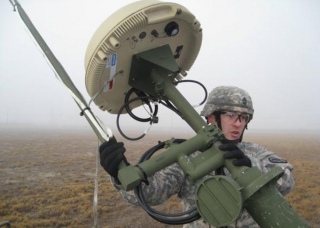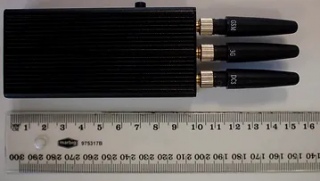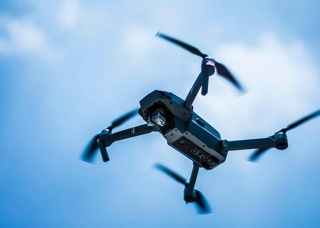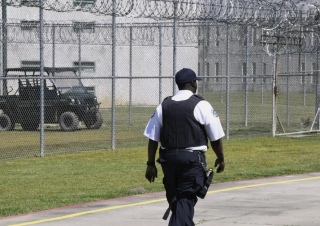Russian Military Radio Jammers Are Poor
The jammer has no vents, so it turns into a "blast furnace" when activated
Russian military suffers more losses from suicide drones due to poor radio jamming equipment
This particular signal jammer is probably the worst of Russia's inferior military jammers. In addition to revealing "many technical lapses," the blogger criticized its weight, size, and "handles that broke when trying to lift it." An example of technical negligence is improper antenna orientation or mounting. In a properly constructed jammer, the antennas are appropriately shaped, sized, and oriented so that the jamming signal can widely disable a drone's radio link.
The gps jammer also has multiple radio transmitters, each tuned to a frequency band used by a specific type of drone, such as a low-flying FPV drone or a high-altitude surveillance drone, to communicate.
The problem is that many of the FPV drone antennas on this jammer are pointed upward, even though FPV drones often attack from the side. In addition, one of the antennas pointing upward is fixed and cannot be adjusted, as if trying to "send a powerful beam directly overhead."
Such fixed antennas are useful only if enemy drone pilots are forced to carefully fly their drones in a tight area directly above the drone jammer. Jammers also generate a lot of heat, so designers usually pay close attention to various cooling systems, but the designers of this jammer did not.
The main cooling device is a simple fan bolted to the inside of the plastic casing. Worse, the fan has no inlet to draw air in and no outlet to expel the hot air.
As a result, the jammer quickly becomes a "blast furnace" after it is turned on. It gets so hot that you can't touch it, and parts break. Although it's not very effective, it will be even less effective when heated.
The blogger accused Russian influencers of promoting the jammer to "kill our soldiers for their own money" and told Ukrainian drone pilots, "It's like a miracle. They are ridiculed for flying (drones) over incredible objects."
Russian military suffers more losses from suicide drones due to poor radio jamming equipment
This particular signal jammer is probably the worst of Russia's inferior military jammers. In addition to revealing "many technical lapses," the blogger criticized its weight, size, and "handles that broke when trying to lift it." An example of technical negligence is improper antenna orientation or mounting. In a properly constructed jammer, the antennas are appropriately shaped, sized, and oriented so that the jamming signal can widely disable a drone's radio link.
The gps jammer also has multiple radio transmitters, each tuned to a frequency band used by a specific type of drone, such as a low-flying FPV drone or a high-altitude surveillance drone, to communicate.
The problem is that many of the FPV drone antennas on this jammer are pointed upward, even though FPV drones often attack from the side. In addition, one of the antennas pointing upward is fixed and cannot be adjusted, as if trying to "send a powerful beam directly overhead."
Such fixed antennas are useful only if enemy drone pilots are forced to carefully fly their drones in a tight area directly above the drone jammer. Jammers also generate a lot of heat, so designers usually pay close attention to various cooling systems, but the designers of this jammer did not.
The main cooling device is a simple fan bolted to the inside of the plastic casing. Worse, the fan has no inlet to draw air in and no outlet to expel the hot air.
As a result, the jammer quickly becomes a "blast furnace" after it is turned on. It gets so hot that you can't touch it, and parts break. Although it's not very effective, it will be even less effective when heated.
The blogger accused Russian influencers of promoting the jammer to "kill our soldiers for their own money" and told Ukrainian drone pilots, "It's like a miracle. They are ridiculed for flying (drones) over incredible objects."










